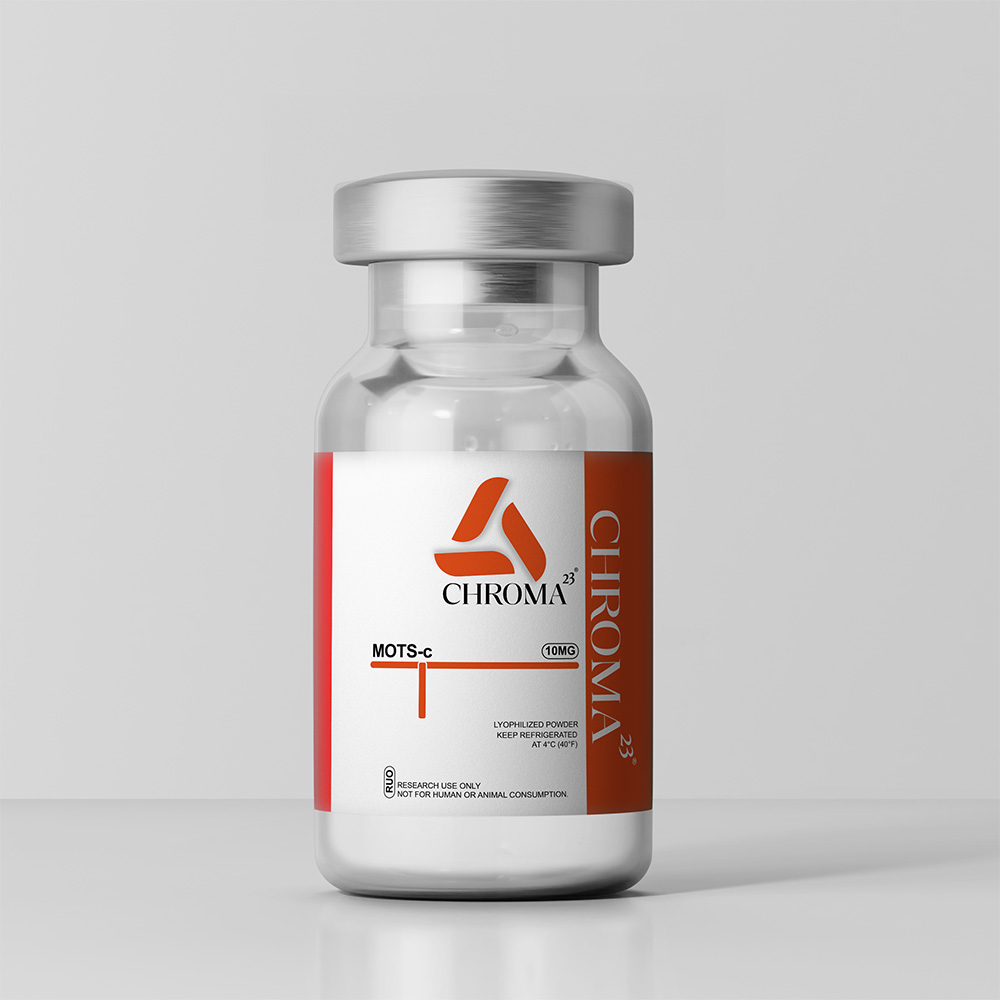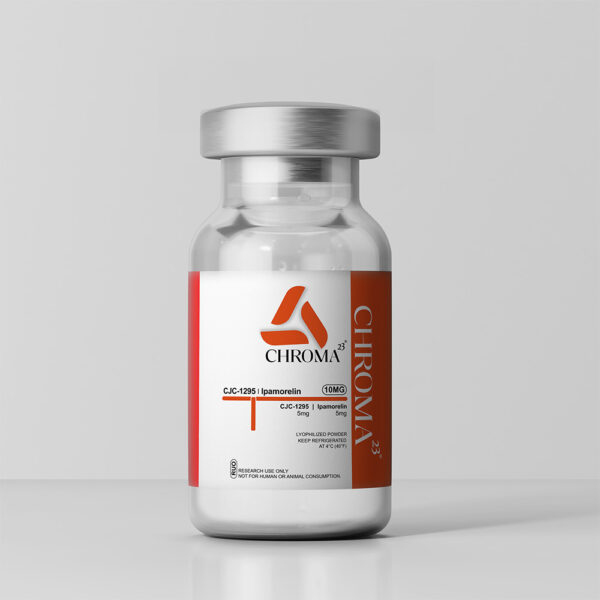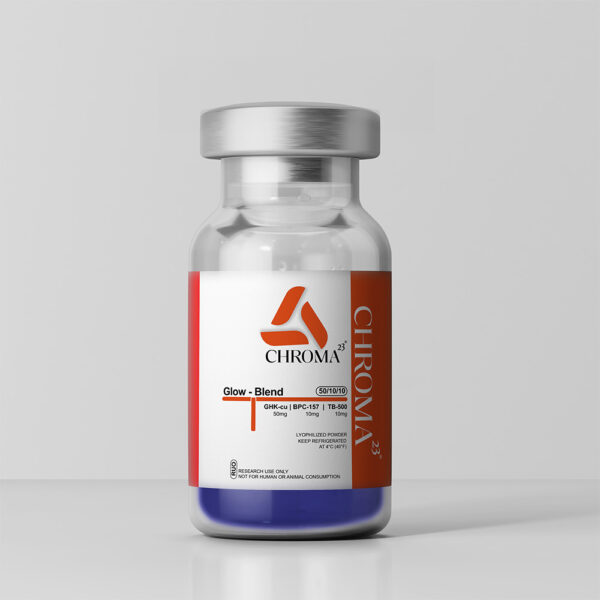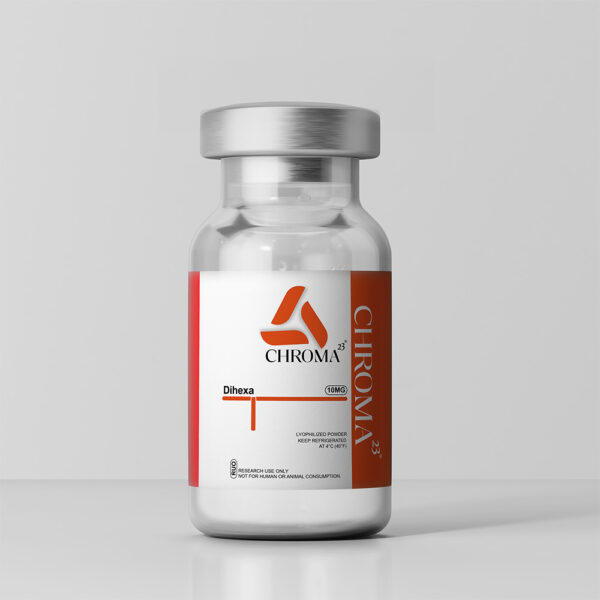MOTS-c (Mitochondrial Open Reading Frame of the 12S rRNA type-c) is a naturally occurring mitochondrial-derived peptide (MDP) consisting of 16 amino acids. Encoded within the 12S rRNA region of mitochondrial DNA, MOTS-c represents a new frontier in metabolic and longevity research by demonstrating mitochondria’s ability to produce bioactive peptides with systemic regulatory effects.
Unlike traditional hormones or peptides synthesized from nuclear DNA, MOTS-c is unique in its mitochondrial origin. It translocates to the nucleus during metabolic stress and regulates gene expression associated with stress response, metabolism, and cellular protection. This makes it an important biomolecule in understanding mitochondrial-nuclear communication and systemic adaptation to environmental and physiological stress.
In vitro and in vivo studies suggest that MOTS-c plays a critical role in promoting insulin sensitivity and regulating glucose metabolism by activating the AMPK pathway, a master regulator of energy homeostasis. It has also been shown to enhance fatty acid oxidation and suppress oxidative stress pathways, which contributes to improved mitochondrial function and cellular health.
In experimental models involving high-fat diets and insulin resistance, administration of MOTS-c has been associated with improved metabolic profiles, reduced fat accumulation, and enhanced mitochondrial respiration. These findings make MOTS-c a valuable tool in metabolic disease research, including conditions such as obesity, type 2 diabetes, and age-associated metabolic decline.
Another area of interest involves MOTS-c’s effect on physical performance and muscle function. Preclinical data indicate that the peptide can increase exercise capacity and improve skeletal muscle mitochondrial activity. This has implications for aging research, where mitochondrial dysfunction contributes to sarcopenia, fatigue, and decreased resilience.
Furthermore, MOTS-c has shown potential in modulating inflammation and oxidative damage, particularly under metabolic stress or toxic insults. This positions it as a candidate for studies on cellular longevity, recovery from metabolic injury, and anti-aging interventions.
In aging models, MOTS-c administration has been correlated with improved metabolic stability, greater resistance to diet-induced obesity, and extended lifespan in mice, suggesting broader applications in age-related decline and mitochondrial therapeutics.





